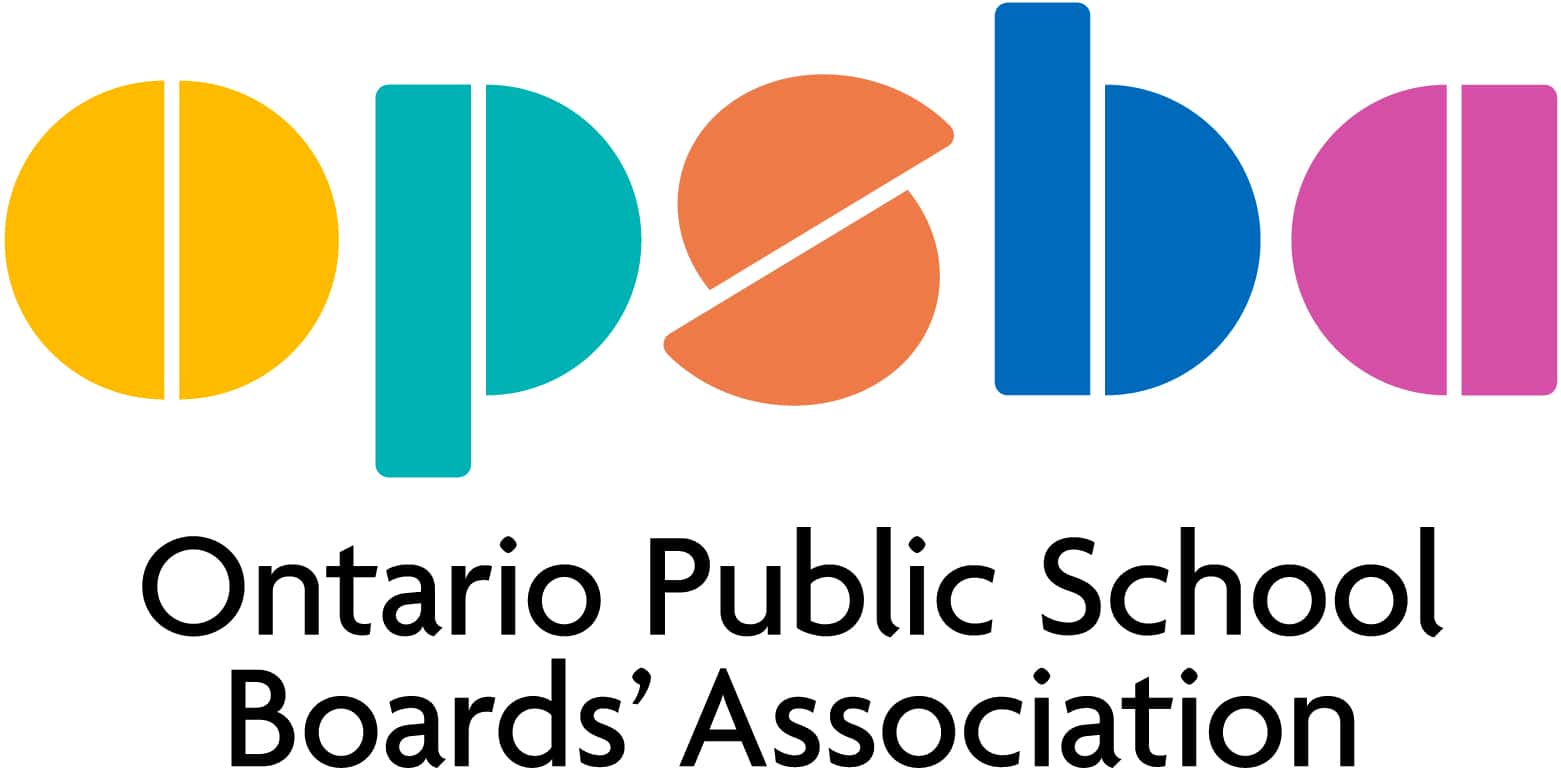Building capacity for teachers, education workers and school administrators is an essential component for a successful provincial education system. Delivering responsive, relevant professional learning and training that has direct application to improving learning and working conditions in classrooms and schools builds staff confidence and maximizes engagement.
When school staff participate in professional learning and training, it promotes professional dialogue and reflective practice and facilitates alignment of classroom and instructional practice with the school improvement process/district strategic plan. These important collaborative professional learning activities produce the necessary cohesion and synergy for improving student achievement.
This rationale supports the continuation of the New Teacher Induction Program (NTIP) model for new teachers and should also include professional learning/training for the revised mathematics curriculum, other new ministry initiatives, as well as building capacity for social emotional learning, mental health literacy and to support the essential strategies of differentiated Instruction, universal design for learning, and assessment for, as and of learning.
Job embedded professional learning has been shown to be the most effective approach and allows for co-learning and co-development with direct application and feedback in the classroom setting. Supply teacher and supply education worker low fill rates along with continuity issues in classrooms have compromised school boards’ ability to provide professional learning using a time release model.
OPSBA recommends:
- Continued funding for professional learning/training and NTIP.
- Consideration for funding an instructional peer coaching model that allows schools to have an on-site embedded coach who works alongside teachers and education workers in classrooms. This type of model will allow for continuity in classrooms, collaborative professional dialogue and maximize engagement in building capacity over time. It will allow for a deeper level of implementation, coordination and integration of school and district improvement plans.

